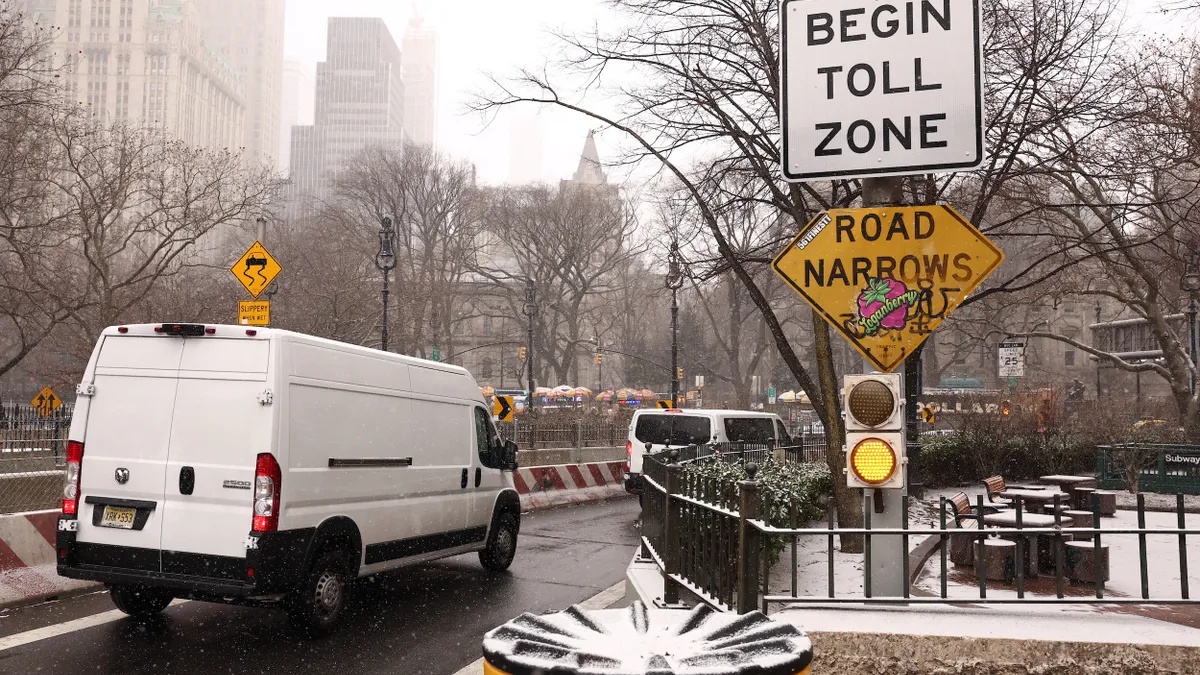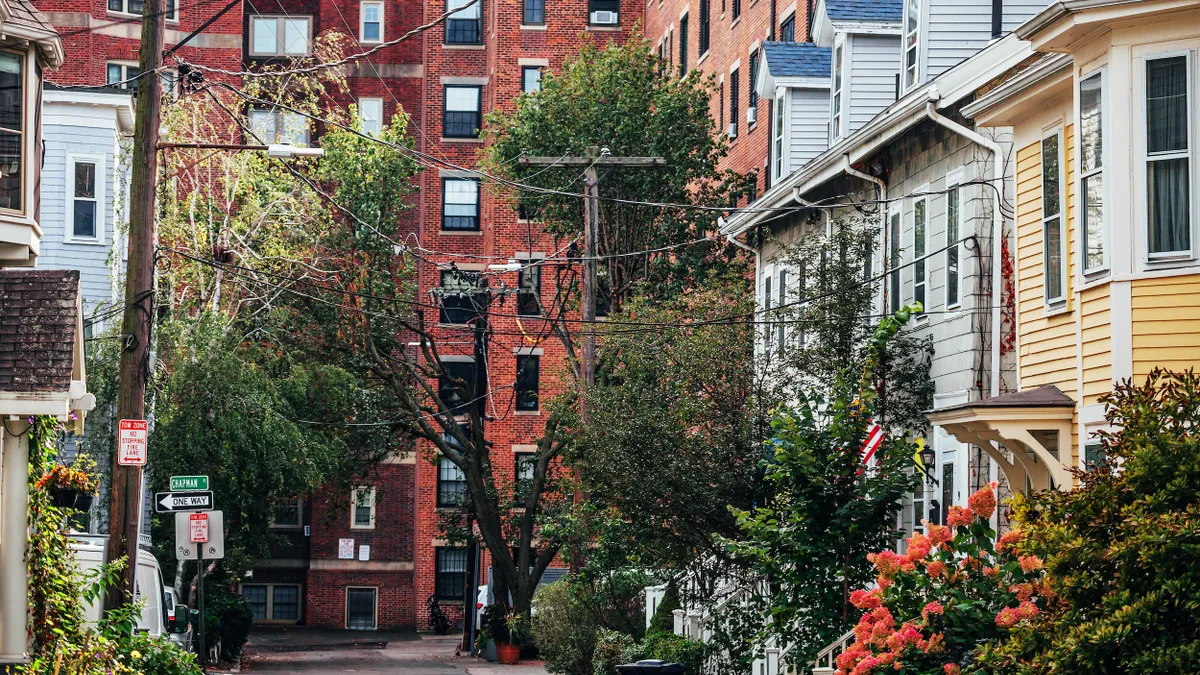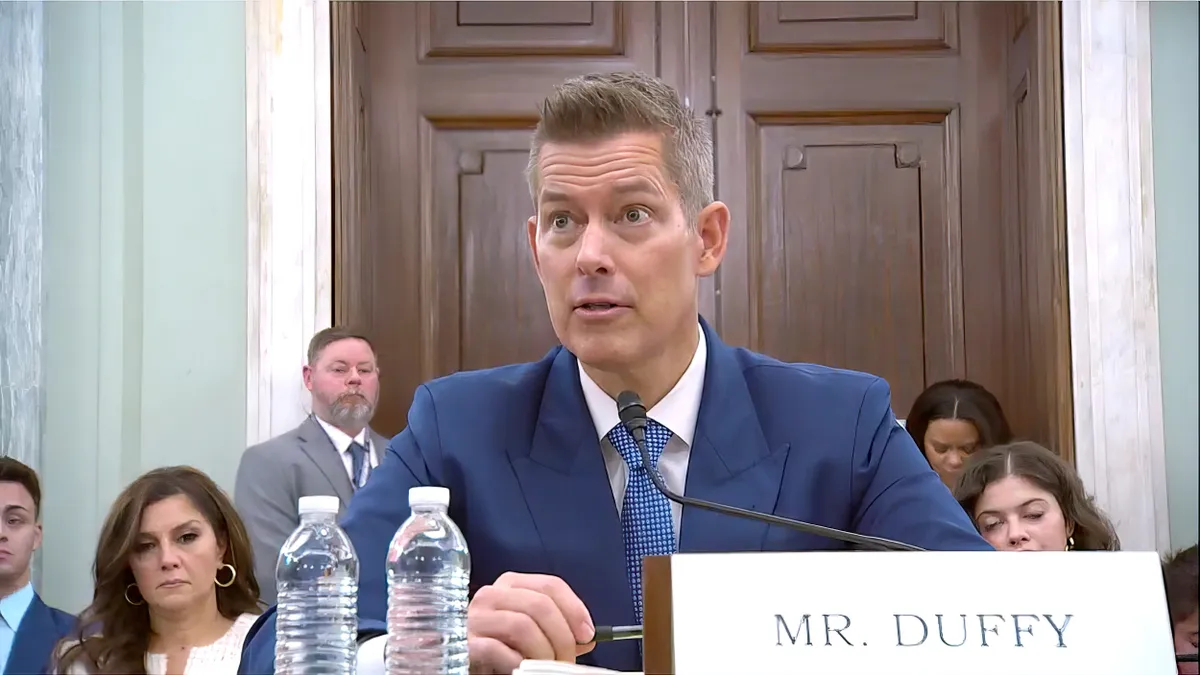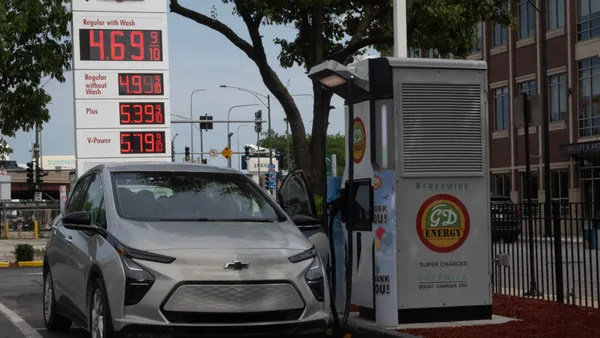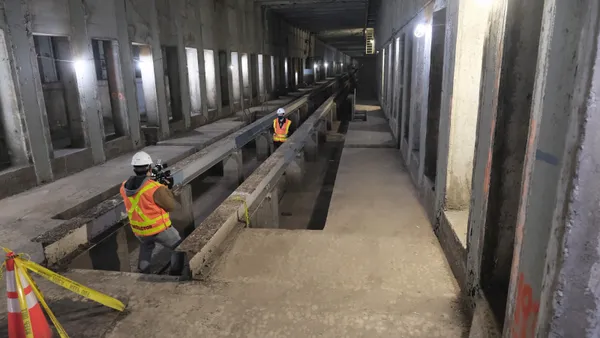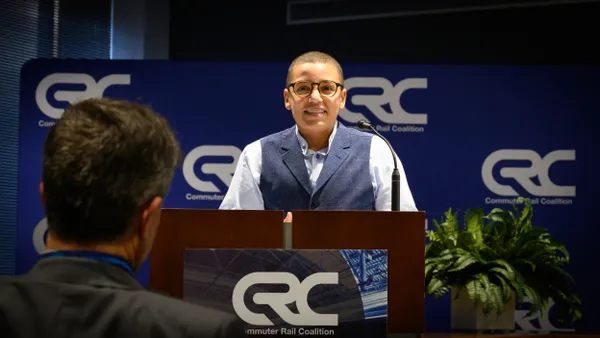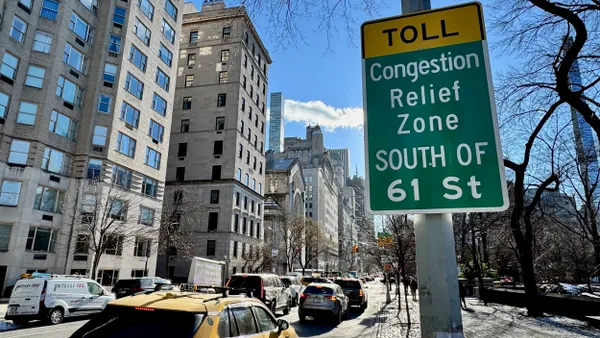UPDATE: Feb. 19, 2025: Transportation Secretary Sean Duffy today rescinded the Federal Highway Administration’s approval of New York’s congestion pricing program in a letter to New York Gov. Kathy Hochul. “New York State’s congestion pricing plan is a slap in the face to working class Americans and small business owners,” Duffy said in a statement. The FHWA will contact the New York State Department of Transportation to “discuss the orderly cessation of toll operations,” Duffy said in the letter.
"Public transit riders won congestion relief and are now enjoying faster and more reliable bus service from throughout New York and New Jersey,” said Riders Alliance Executive Director Betsy Plum in an emailed statement. Riders Alliance has advocated for congestion pricing. “We are committed to maintaining and expanding on our victory and will defend it with everything we have.
UPDATE: Feb. 12, 2025: Transportation Alternatives, a pedestrian, biking and public transit advocacy group in New York City, responded Tuesday to President Donald Trump’s comment that bike lanes are “bad” and “dangerous” and should be eliminated in the city. “It's just a complete misunderstanding of how people actually move around in New York City,” said Alexa Sledge, director of communications for the organization.
“More and more people are choosing to bike every single year,” she said. The city’s transportation department maintains bike counting devices at various locations in the five boroughs; they showed bike ridership growing at every location where data was recorded in October 2024, Transportation Alternatives reported in November. That’s with just 2% of the city’s streets having dedicated bike lanes, Sledge explained. She added that every additional mile of protected bike lane in the city results in 1,100 additional daily bike trips.
“Most [New York City residents] do not even own a car, so the idea that we should just cater all of our streetscape to the small minority of people that do own a car is just obviously ridiculous and not something that New York City is going to do,” said Sledge.
Dive Brief:
- President Donald Trump plans to stop New York’s congestion pricing program, he told the New York Post in an interview published Saturday.
- Trump has had at least two phone calls with New York Gov. Kathy Hochul about killing the tolling program, which went into effect Jan. 5. The program aims to relieve congestion in Manhattan’s central business district and raise billions for the New York Metropolitan Transportation Authority’s capital investment program.
- Trump also said he wants to rid the city of bike lanes and pedestrian medians.
Dive Insight:
New York City became the first city in the U.S. to implement congestion pricing, but it has been an ongoing source of controversy. Established by state law in 2019, the Staten Island borough, New Jersey and other New York suburbs fought to prevent the tolling plan from going into effect. Trump vowed in a social media post last year to “terminate” the program and Congressional Republicans inserted a measure in their draft fiscal year 2025 budget prohibiting congestion pricing in the New York City metropolitan area.
While Trump gave no details of how he would stop the tolling program, he said he would work through the U.S. Department of Transportation to withhold funding or rescind the Federal Highway Administration’s final approval of the program which was granted Nov. 22, 2024.
“Public transit riders, who organized and won congestion relief, will do what it takes to defend our program and, right now, we need our governor to communicate how well it works and cut through the noise from career politicians out to hurt New York and New Jersey commuters,” said Riders Alliance Policy and Communications Director Danny Pearlstein in an email.
According to a Jan. 29 MTA press release, more than one million fewer vehicles entered the congestion pricing zone since Jan. 5 than would have without the toll. Trip times on the bridges and tunnels entering Manhattan improved as well, the MTA said.
Trump also lashed out at the presence of bike lanes in New York City. “They should get rid of the bike lanes and the sidewalks in the middle of the street,” he told the Post. “They’re so bad. They’re dangerous. These [electric] bikes go at 20 miles an hour. They’re whacking people.”
Data released by the New York City Department of Transportation, which builds bike lanes, showed a citywide total of 340 bicycle-pedestrian injuries and two fatalities in 2023. In that same year, 20 bicyclists and 101 pedestrians were killed by motor vehicles.
In the past week, the FHWA appears to have deleted the main Complete Streets web page, although a search for Complete Streets does show other active pages as of today.



